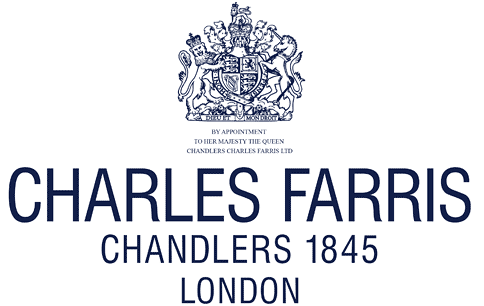The larger the diameter of a candle the more difficult the relationship between wick and wax.
In order not to leave a wall of wax around the edge of the candle the wick size should be large to create enough heat to melt out to the edge of the candle. The risks in doing this are twofold:
- The wax will melt but not be burned quickly enough, resulting in the wax running down the candle and onto the altar or table.
- The excess of unburned wax being sucked up the wick will result in the candle being smoky.
Both are unacceptable.
To resolve these a thinner wick is introduced. However, this creates a further problem; the heat is insufficient to melt the wax, leaving a wall of wax at the edge of the candle. This is ideal if the wall is thin. The wall can, and should, be removed after the candle has been extinguished and the wax pool has set, but when the wall is still warm. This should then be trimmed with a sharp knife leaving approximately a 1/4" high wall for the next lighting. However, if the church is cold or draughty this leaves a wall which is too thick.
Neither wick options are perfect for all occasions so manufacturers compromise and use a medium wick to avoid most of the problems. This leaves some circumstances when any of the above can occur. Historically, candlemakers used “Winter” and “Summer” wicks to aid the burning, this of course was when churches burned candles for many more hours a day.
Lastly, large candles, 2" and over, should be burned for a minimum of one hour at a time to allow the wax to melt to its optimum and the candle to perform as designed. Short burning time results in wall build up and wastage.
EXTREME CARE MUST BE TAKEN AT ALL TIMES TO ENSURE THAT CANDLES ARE BURNT CORRECTLY AND IN SAFE SURROUNDINGS. NEVER LEAVE BURNING CANDLES UNSUPERVISED




